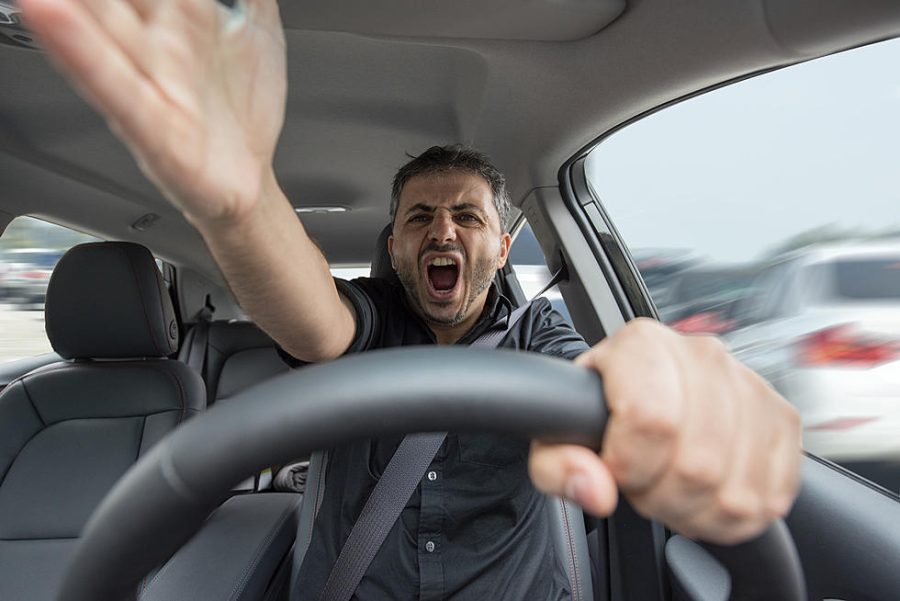Leading cause of road accidents and deaths, distracted driving seriously increases risk to pedestrians, passengers, and drivers themselves. It happens when a driver’s focus veers from their main responsibility of driving; even a few seconds of distraction could cause major mishaps. Ensuring road safety depends on knowing the reasons for and ways to avoid distracted driving. DriverZ driving instruction provides essential skills for novice drivers to feel confident behind the wheel.
Though it can take many different forms, distracted driving is typically classified as visual, physical, and cognitive distractions. When a driver turns away from the road—say, to check a phone or GPS—visual distractions result. Manual distractions include eating while driving or changing the radio, therefore removing hands from the steering wheel. Cognitive distractions—that is, those resulting from a driver’s thoughts straying from driving—that arise from daydreaming or an intense chat with a passenger. Every one of these distractions makes it difficult for the driver to react fast and make wise decisions.
The proliferation of cell phones has greatly added to distracted driving. Even hands-free, texting or talking on the phone is among the most risky activities one can engage in while driving since it combines three kinds of distractions: visual, physical, and cognitive. Apart from phones, other distractions that could detract focus from the road include eating, drinking, utilizing in-car technologies, or even engaging with passengers.
Avoiding distracted driving begins with awareness and deliberate attempt to keep concentration. Cutting the temptation to use your phone while driving is among the most successful techniques. Put your phone either out of reach or set it to “Do Not Disturb”. Pull over to a safe spot if you must send a message or review directions. Reducing distractions is possible by ahead of your route planning and GPS setting-up before you begin driving.
Furthermore avoid multitasking when driving. Before you start to drive or after you get at your destination, eat, drink, or alter in-car systems. Reducing distractions also depends on passengers helping with little chores like running music or answering a phone.
With DriverZ driving instruction, teens learn the rules of the road in a structured, supportive environment.

